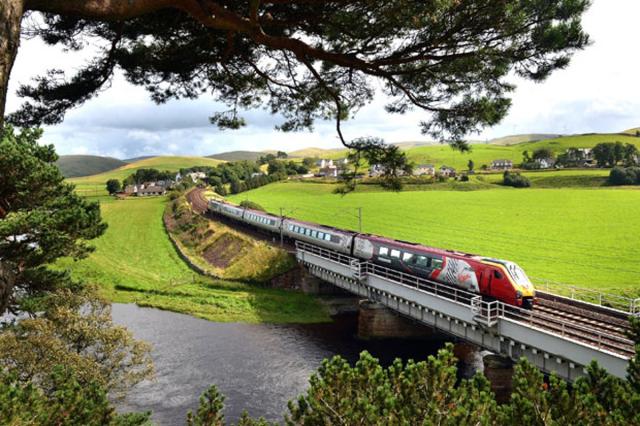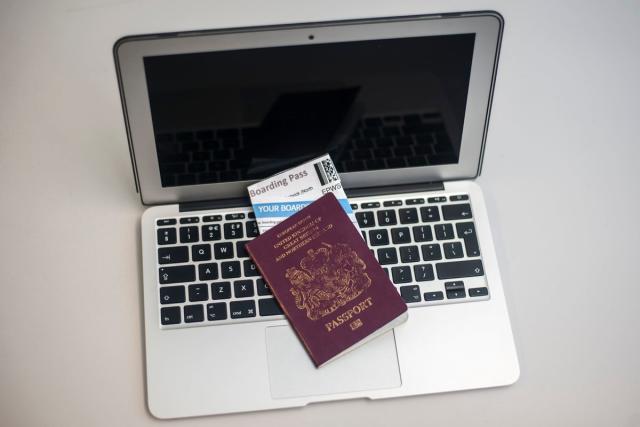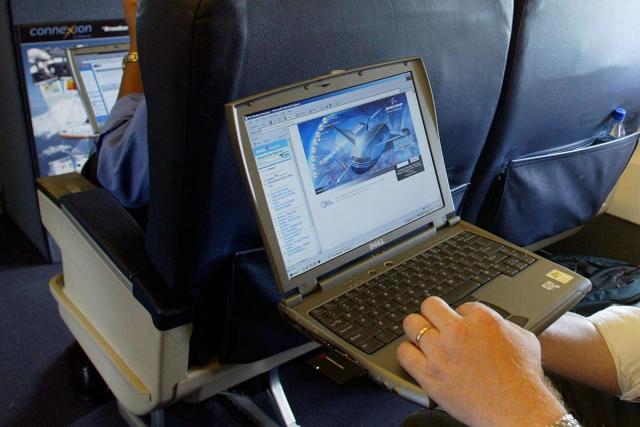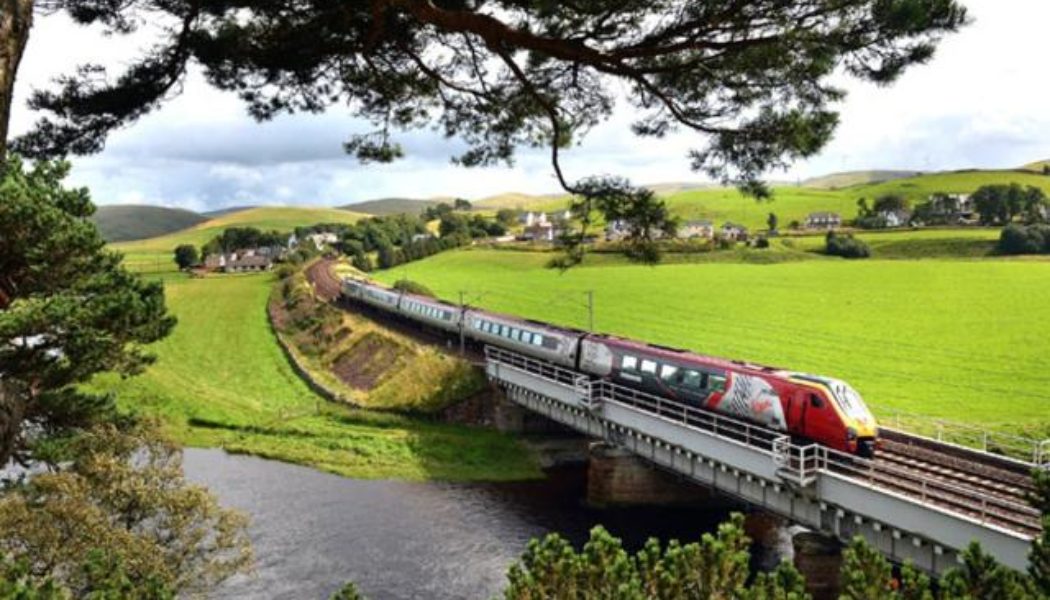
Business travel is on the up, globally. And the good news in Europe, is more of us travelling for work are taking the train.
Eurostar surveyed a thousand customers from all markets in 2022, and a quarter stated employers are mandating train travel for work trips. With the number of Eurostar users connecting at Brussels having doubled since 2018, more of us are following the responsible travel edict: go slower, stay longer, mixing business with a little pleasure. (For those who like a buzzword, we’ll call it ‘bleisure’.)
Why travel by train for work? Apart from it being a climate-friendlier way to get from A to B and beyond, it helps that you can work on your laptop every minute of most journeys — so consider your seat a digital-nomad-friendly moving desk.
1. Plan as far in advance as possible for the best deals and the best seats
Ideally, booking through an expert rail agent. Personally, my first port of call when planning train trips across Europe is slow-travel specialists Byway for multi-destination no-fly itineraries. These B-Corp-certified agents are masters at plotting the most scenic and sensible stop-overs with great taste in charming guesthouses and independently-owned pitstops. They can incorporate an Interrail pass if you are planning a multi-destination adventure.
2. Download helpful apps
Especially if you’re bold enough to book all by yourself. Rail Planner is the companion app for Interrailers to ensure you squeeze the most out of those great-value passes. Omio is a platform that pieces overland routes together, and keeps tickets in one handy app; it works in 37 countries globally. Citymapper helps negotiate public transport in 71 European cities in 31 countries. And check your data status with your mobile provider before you go to check you’re on the best-value roaming plan.

3. Pack light, pack smart
A user-friendly light-weight wheelie case is critical. I love my light Paravel Aviator cabin suitcase: four sets of wheels make it nimble on all terrains, and it slides neatly into the snuggest of spaces and overhead shelves. A decent battery pack for laptop and phone charging, so every train compartment makes like your own mobile office. Noise-cancelling headphones to tune out others, and make sure you’re not anti-social. A water bottle — fill it up before you board.
4. Check your hotel’s location on Google Maps
Seems obvious, but it can be the difference between rolling out of bed practically onto the right track if you make the right choice. Avoids headaches like having to take a taxi in rush-hour traffic, or having to U-turn on foot from the wrong sidewalk turn, and arriving a hot sweaty mess only to be sat next to that continental corporate creative who is the personification of Monocle perfection.
5. Invest in designer storage containers
They’re handy too when you want a true taste of the destinations you visit. Research the best deli or sandwich shop most authentic to that place, nearest the station, and have a best-in-class picnic aboard rather than rely on the buffet carriage — if they even have one. A well-sealed sandwich box doesn’t sound sexy, but it keeps your gourmet discoveries in best nick. I love Klean Kanteen’s accoutrements.

6. Have an easy-to-spot pouch for important documents
Keeping train tickets, ID, printed tickets in a colourful eco-friendly pouch means you can easily grab it out of a bigger bag when you need it. I keep mine in African prints made by a social enterprise, picked up on my travels — it feels like my talisman.
7. Be a good citizen
Show maximum respect to all, even if it just means smiling at fellow passengers or offering to help an older person put a bag on the overhead shelf. Never be that guy disturbing the peace with loud conversations on the phone or watching memes full volume. And definitely don’t be the selfish solo traveller who takes up a seat with a handbag, and be alert to whether your luggage is in the way of others and or whether you might support anyone with disabilities struggling to board.
8. Always allow lots of wriggle room
Arriving at a train station with time to grab a coffee (in your refillable cup, naturally) before departure is always worth that little window of buffer time so you don’t have to hot-foot it to the platform — especially if you don’t know a destination, or if signs are in a different language, or if it’s in rush hour when stations busiest and commuters impossible to navigate.
9. Tack on extra time to see the sights
And long-lost friends and family if you can. It’s the play part that converts a business trip into a workation. Just one extra day in an interesting destination could end up eliciting memories of cultural or culinary experiences that last a lifetime.
10. Calculate your carbon footprint
About 90—95% fewer greenhouse gases are attached to our travel when we take a train instead of driving somewhere solo, or flying. With more businesses setting a carbon cap or CO2 budget for the year, we need to do that maths on our emissions. Calculating the final carbon footprint of your whole trip by train is easy — punch in your data on travelandclimate.org

Bonus tip!
Switch out flying for railing whenever you can. At least consider flying one way rather than a return airline ticket: a low-carbon hybrid tip is better than flying both stretches. A low-cost airline is usually the lesser carbon evil; not because they care more than other carriers but because they tend to pack in the passengers, with fuel-saving weight constrictions, plus their newer planes tend to be more efficient. Fly Economy class, and you take up less space, per passenger.
And thank you, trains of Europe — we really do have a network to be proud of! And thanks to my recent continental escapades for showing me how business travel shouldn’t just be about clocking up the airmiles. It was the best reminder to always enjoy the journey, not just the destination. And every little bit of carbon-cutting helps. What I couldn’t have predicted was that my European train ‘workation’ which made me an eco-friendlier business traveller, would also feel like I was making up for never having Interrailed in my teens.
You can follow Juliet Kinsman’s travels on @JulietKinsman









